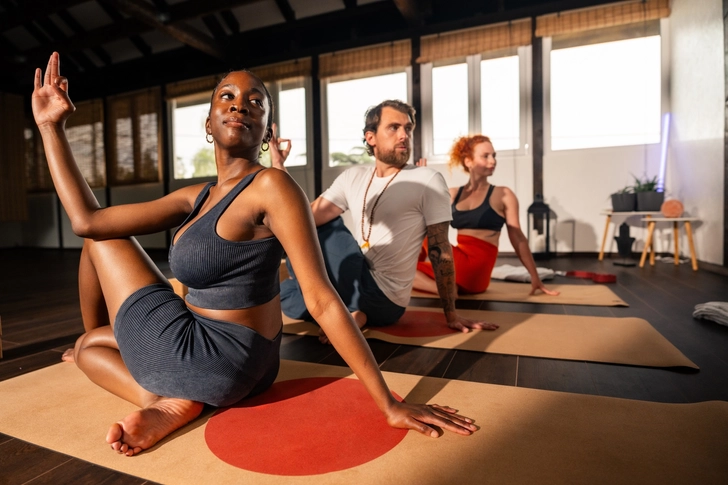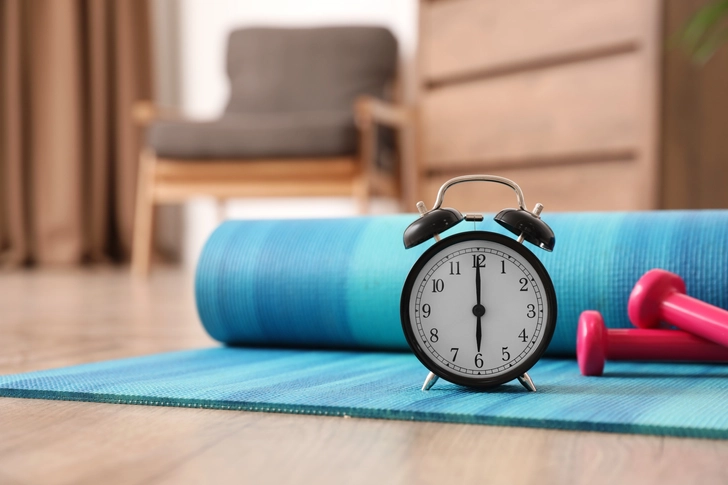- Headaches Overview
- Migraine
- Cluster & Tension Headaches
- Other Types of Headaches
- Appointment Prep
- View Full Guide
Exercise and Chronic Migraine


Exercise and Chronic Migraine
Exercise can both trigger and prevent migraines, making it tricky for migraine patients. Regular, gentle exercise might help reduce migraine frequency in the long run, even though intense workouts can sometimes trigger attacks.

Benefits for Migraine
Regular exercise releases natural painkillers called endorphins and can reduce stress, a common migraine trigger. Studies show that people who exercise regularly tend to have fewer and less severe migraines over time.

When Exercise Triggers Migraines
Some people get migraines during or after exercise, especially with sudden intense activity. These "exercise-induced migraines" might be caused by changes in blood flow, dehydration, or increased body temperature during workouts.

What Exercises Are Good for Migraine?
Aerobic exercises like brisk walking, running, and swimming boost endurance and release endorphins. Yoga, with its stress-relieving properties, can significantly lower migraine frequency and intensity. Tai chi also offers benefits in reducing migraine occurrences.

When to Exercise
Exercise at the same time each day to maintain body rhythm and avoid times when you're most prone to migraines. Early morning workouts work well for many people, while others find afternoon exercise better suits their migraine patterns.

Starting Slow
Begin exercising slowly and consult your doctor, especially if you're new to it. Proper gear, a balanced diet, and staying hydrated are crucial. Build a support system with friends and family to stay motivated, even on severe migraine days.
PHOTO CREDENTIALS
Slide 1 - voronaman/Shutterstock
Slide 2 - Halfpoint/Shutterstock
Slide 3 - Prostock-studio/Shutterstock
Slide 4 - f.t.Photographer/Shutterstock
Slide 5 - New Africa/Shutterstock
Slide 6 - PeopleImages.com - Yuri A/Shutterstock
SOURCES:
American Headache Society: “AHS Complementary and Integrative Medicine Section: Patient Education Kit for Migraine.”
American Migraine Foundation: “Exercise and Migraine.”
AHA Journal: “Abstract P034: The Effectiveness of 12-week Tai Chi Training on the Migraine Attack Days, Body Composition, and Blood Pressure in Chinese Women With Episodic Migraine: A Randomized Controlled Trial.”
Woodruff Medical and Wellness Training: “5 Exercises That Help Prevent Migraines.”
Migraine Canada: “Exercise and Migraine.”
Journal of Headache and Pain: “The association between migraine and physical exercise,” “Prevalence of headache in Europe: a review for the Eurolight project.”
Clinical Journal of Pain: “Exercise, not to exercise, or how to exercise in patients with chronic pain? Applying science to practice.”
Scandinavian Journal of Medicine and Science in Sports: “Effects of different endurance exercise modalities on migraine days and cerebrovascular health in episodic migraineurs: A randomized controlled trial.”
Headache: The Journal of Head and Face Pain: “From Transformed Migraine to Episodic Migraine: Reversion Factors.”
European Neurology: “Provocation of Migraine after Maximal Exercise: A Test-Retest Study.”